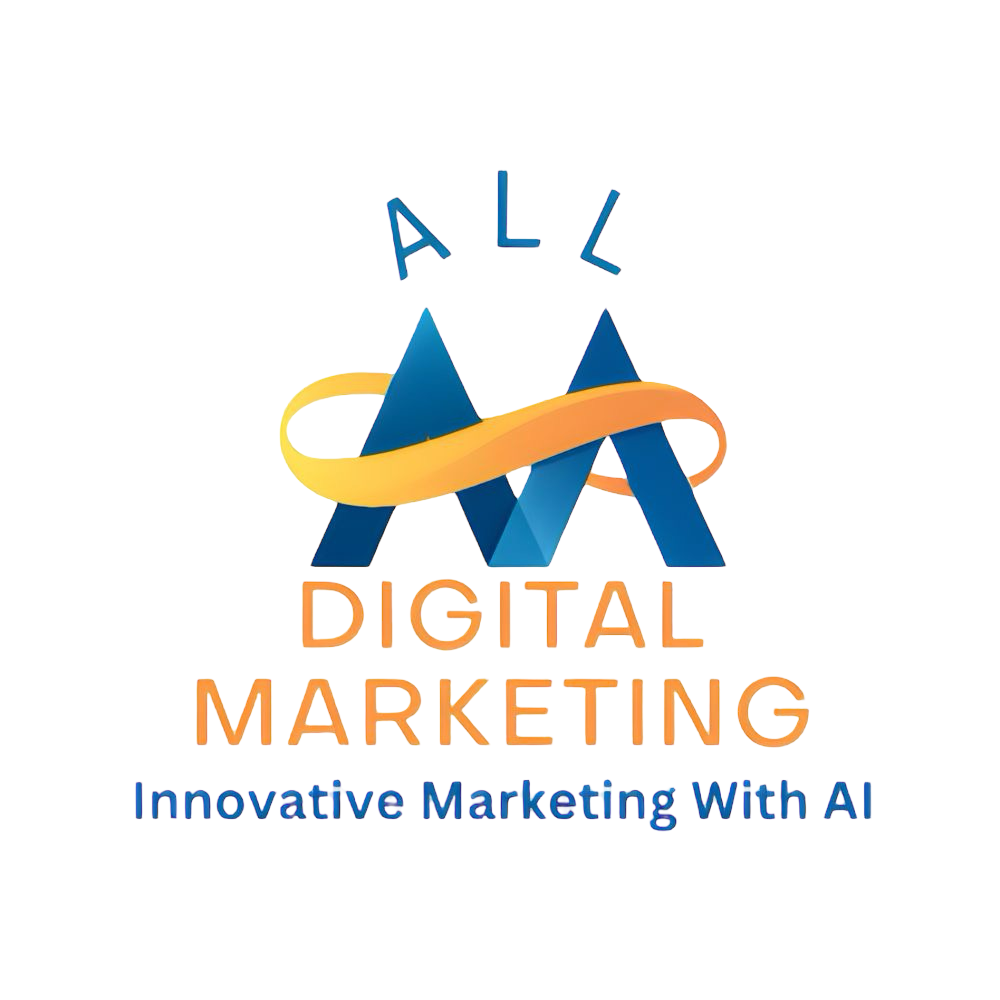Opening Hook: The Power of Proof in Advertising — A Story of Remarkable Sales Success
Proof in advertising is not just a marketing buzzword—it's the foundation upon which trust and conversions are built. Consider the remarkable story of a top marketer who transformed $10 million in ad spend into exponential growth by embedding authentic proof in every campaign. Instead of mere promises, he showcased genuine customer success and gritty testimonials that resonated deeply with the target audience. This real proof broke down skepticism and drove unprecedented sales success, illustrating that when marketing is backed by indisputable evidence, trust becomes unshakable and sales soar.

What You'll Learn: Mastering Proof in Advertising to Elevate Your Marketing Strategy
- Understand the concept and importance of proof in advertising
- Explore different types of social proof and ad proofing techniques
- Learn how to create compelling ad creatives backed by authentic proof
- Discover best practices for gathering and leveraging customer testimonials and case studies
- Gain insights into building trust through visual commenting and generated content
- Apply expert strategies to optimize your ad proofing process and increase ROI
Overview of Proof in Advertising: Definition, Importance, and Core Concepts
"Proof is the cornerstone of trust in advertising. Without it, even the best promises fall flat." — Expert Marketer
Proof in advertising refers to the concrete evidence marketers provide to back up claims about their products or services. It can include customer testimonials, case studies, visual demonstrations, or metrics that validate promises made in ads. This tangible proof is essential because consumers today are increasingly skeptical of advertising and demand authenticity before making purchasing decisions.
When brands include credible proof in their messaging, they align their promises with verifiable results. This alignment fosters trust and reduces buyers’ hesitation, which directly impacts conversion rates. As Alex Hormozi of Acquisition.com notes, "Proof transforms skepticism into confidence by showing, not just telling, why a consumer should believe in your offering."

What is Proof in Advertising?
Proof in advertising encompasses all forms of evidence presented within marketing materials that validate product claims and brand promises. This includes social proof elements such as customer reviews, endorsements, performance data, and before-and-after comparisons that concretely demonstrate value.
Essentially, proof bridges the gap between promotional language and the consumer’s need for credibility, making the ad's message believable and compelling.
Why Proof Matters More Than Promises
While promises in ads are often similar across competitors—everyone claims superior quality, savings, or effectiveness—what truly sets a brand apart is proof . Proof differentiates a promise by demonstrating it through real experiences and measurable outcomes. Without proof, promises become empty statements that fail to inspire action.
Marketing expert Alex Hormozi emphasizes, “Your proof is your unique currency in a crowded market. It’s not about what you say; it’s about what you can prove, which ultimately builds unshakable trust.”
Types of Social Proof and Ad Proofing Techniques to Enhance Your Campaigns
Customer Testimonials and Video Testimonials
Customer testimonials remain one of the most powerful forms of proof in advertising . Authentic testimonials offer relatable narratives from actual users, making claims tangible and credible. Video testimonials add an even richer layer of trust by showcasing real voices and emotions, which engage audiences more deeply.
Marketers are increasingly leveraging video testimonials to capture enthusiasm and nuanced feedback that static text reviews cannot convey. These help paint a vivid picture of success and satisfaction, encouraging potential buyers to envision themselves achieving similar results.
Case Studies as Ad Proof
Case studies provide an in-depth exploration of how a product or service solved a specific problem, often supported by data and direct outcomes. They serve as detailed proof points that can back up broader marketing messages with solid evidence.
By sharing success stories from real clients, case studies build trust through transparency and specificity. They allow prospects to see detailed results relevant to their own situation, removing uncertainty and encouraging conversion.
Generated Content and Visual Commenting
User-generated content (UGC), including reviews, social media mentions, and visual commenting, offers organic proof from a brand’s community. This content is particularly trusted because it arises naturally and is perceived as unbiased validation.
Incorporating UGC into ad creative lets marketers harness authentic voices that social proof enthusiasts value highly. It reinforces messaging by showing vibrant, ongoing engagement and enthusiastic endorsement directly from customers themselves.

Crafting Compelling Ad Creatives Backed by Proof in Advertising

Leveraging Top Performing Ad Creatives for Proof
One key strategy to maximize the impact of proof in advertising is analyzing your top-performing ad creatives and integrating their most compelling proof points into future campaigns. By identifying patterns in what resonates with your audience—such as specific testimonials, hooks, or proof formats—you can scale success efficiently.
Alex Hormozi advises marketers to dissect the first few seconds of their best ads and replicate that engaging content across multiple versions. This approach magnifies the proof’s influence while optimizing ad spend through tested messaging.
Using Proof to Reduce Customer Acquisition Cost (CAC)
Effective proof also plays a crucial role in lowering Customer Acquisition Cost by increasing conversion rates. When consumers encounter trustworthy evidence upfront, their hesitation decreases, meaning marketers spend less per conversion.
Proof eliminates friction in the buying process by dispelling doubts, enabling marketers to allocate budget more confidently and increase return on investment. Building creative that foregrounds authentic proof is not just persuasive—it’s financially savvy.

Expert Insights: How Proof in Advertising Drives Trust and Sales
"The key to unshakable trust is not just what you say, but what you can prove. Proof in advertising transforms skepticism into confidence." — Alex Hormozi, Acquisition.com

Building Trust Through Authenticity and Transparency
Alex Hormozi stresses that authenticity is essential when using proof in advertising . Trust is only durable when evidence is transparent and verifiable. Consumers can easily detect exaggeration or fabrication, which damages reputation and conversion.
Marketers should aim to showcase unfiltered customer experiences and actual results, resisting the temptation to tailor proof to appear overly perfect. When authenticity reigns, trust flourishes, creating long-term brand loyalty.
Avoiding Common Mistakes in Ad Proofing
Many marketers fail by either presenting weak proof or overloading ads with excessive claims that confuse or overwhelm the audience. Common mistakes include using outdated testimonials, insincere endorsements, or neglecting compliance standards which can lead to ad disapproval.
Hormozi highlights the importance of regularly auditing proof content for relevance and legality, and balancing proof with clear messaging to maintain credibility without oversaturation.
Implementing a Robust Ad Proofing Process: Tools and Best Practices
Top Ad Proofing Tools to Streamline Your Workflow
To efficiently manage and optimize proof elements in advertising, leveraging specialized ad proofing software is critical. These tools facilitate collaborative review, version control, and streamlined approvals, ensuring ad creatives consistently meet quality standards.
Modern digital workflows incorporate real-time commenting, approval icons, and clear audit trails to maintain transparency and speed up the publishing process. Such technology supports marketers in delivering proof-rich ads that comply with platform policies and resonate authentically.

Gathering and Utilizing Customer Feedback for Proof
A systematic approach to collecting, verifying, and incorporating customer feedback forms the backbone of credible proof in advertising . Establishing regular processes to solicit testimonials, conduct interviews for case studies, and encourage user-generated content inflow is vital.
Marketers should utilize incentives, timely follow-ups, and integrated feedback tools to maintain fresh and relevant proof pools, which amplify ad effectiveness and maintain audience trust.
Case Studies: Real-World Examples of Proof in Advertising Success
| Case Study | Industry | Proof Type | Result |
|---|---|---|---|
| CrossFit Coaching | Fitness | Video Testimonials & Live Proof | 10x revenue growth |
| Vacation Rentals | Real Estate | Case Studies & FAQs | Increased property listings by 30% |
| Beauty Devices | Consumer Goods | Bundled Product Proof & UGC | Boosted average cart value by 15% |

People Also Ask: Common Questions About Proof in Advertising
What is proof in advertising?
Proof in advertising is the concrete evidence provided within marketing communications to substantiate claims about a product or service, helping to build consumer trust and credibility.
What is a proof point in advertising?
A proof point is a specific fact, testimonial, or statistic that validates a marketing claim, serving as tangible support to increase believability.
What does proofing mean in marketing?
Proofing in marketing refers to the process of reviewing and verifying advertising content to ensure accuracy, compliance, and effectiveness before publication.
What does ad proof mean?
Ad proof is a pre-publication version of an advertisement used to check for errors and quality, often shared with stakeholders for approval.
Key Takeaways: Harnessing Proof in Advertising for Maximum Impact
- Proof in advertising is essential for building trust and differentiating your brand in saturated markets.
- Utilize a variety of social proof types—testimonials, case studies, and user-generated content—to address diverse buyer concerns.
- Analyze and replicate top-performing ad creatives to amplify proof's effectiveness and improve ROI.
- Implement structured ad proofing workflows with appropriate tools to maintain ad quality and compliance.
- Maintain authenticity and transparency to foster durable trust and avoid backlash.
- Leverage innovative funnel strategies like group funnels and content marketing to nurture leads and build lasting relationships.

Conclusion: Elevate Your Marketing Strategy with Unshakable Proof in Advertising
Integrating robust, authentic proof in advertising stands as the pillar to unlock unshakable trust and sustainable business growth. By moving beyond empty promises to verifiable evidence—leveraging testimonials, case studies, and transparent user content—marketers can create compelling narratives that resonate deeply and convert consistently.
Experts like Alex Hormozi demonstrate that focusing relentlessly on proof not only strengthens trust but strategically reduces customer acquisition costs and amplifies return on investment. As marketing evolves, embedding proof in advertising campaigns will continue to be the key differentiator for brands aiming to thrive in competitive landscapes.
Video: How to Use Proof in Advertising to Boost Your Campaigns
An expert-led tutorial explaining the role of proof in advertising, showcasing real examples and actionable tips to implement proof-driven ads, empowering marketers to build trust and scale effectively.
Call to Action
If you're ready to transform your advertising strategy and build unshakable trust with your audience, start integrating authentic proof in your campaigns today. Connect with industry experts at Acquisition.com to learn customized tactics, access cutting-edge tools, and scale your marketing efforts like the top marketers do.
 Add Row
Add Row  Add
Add 








Write A Comment